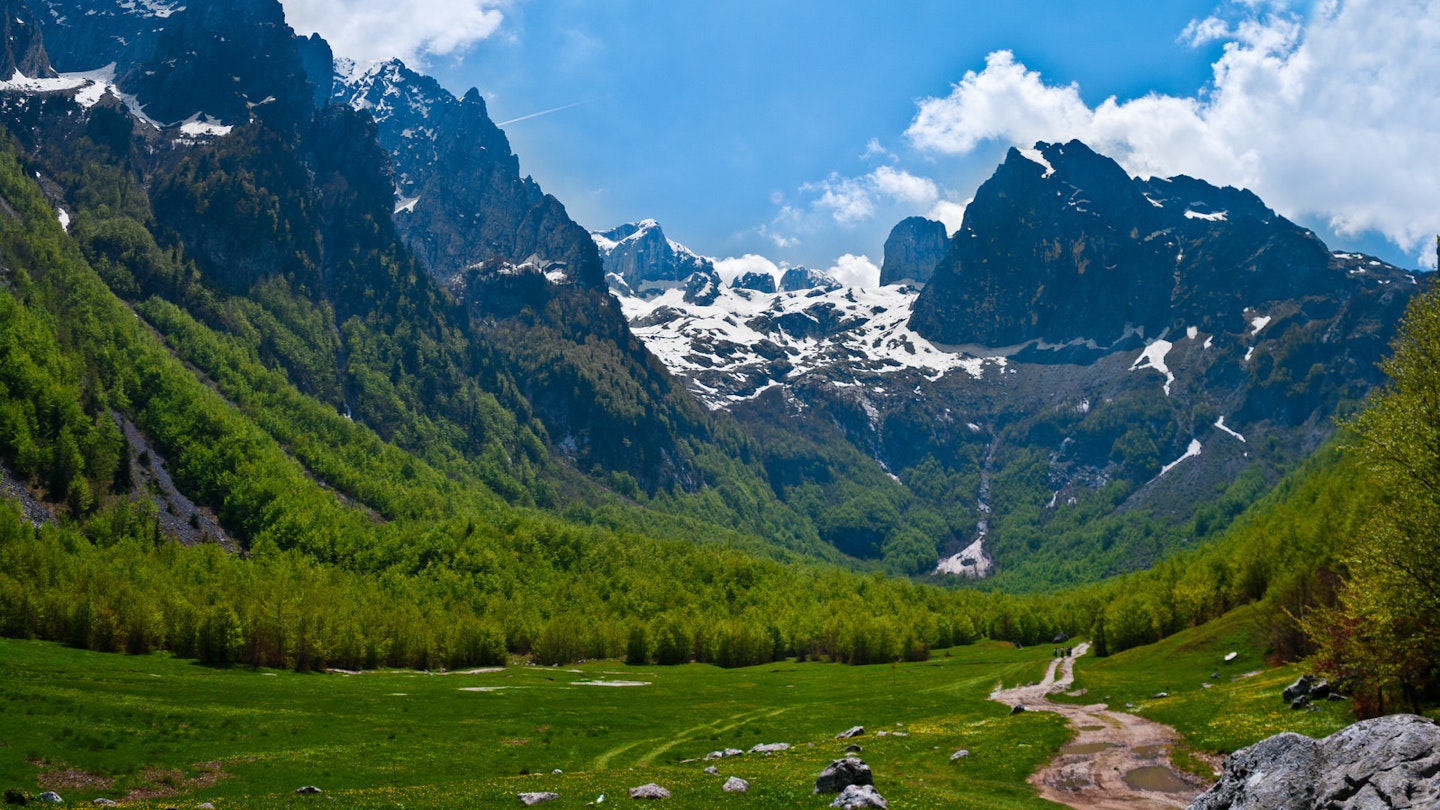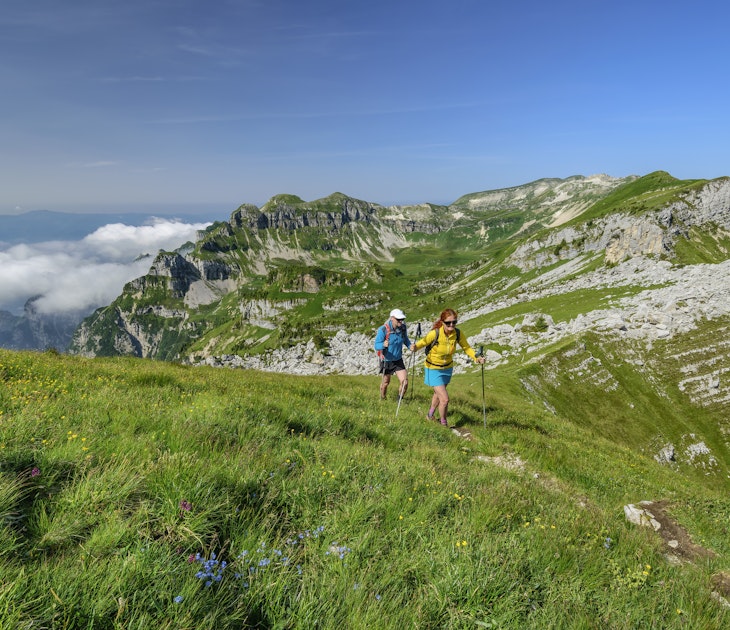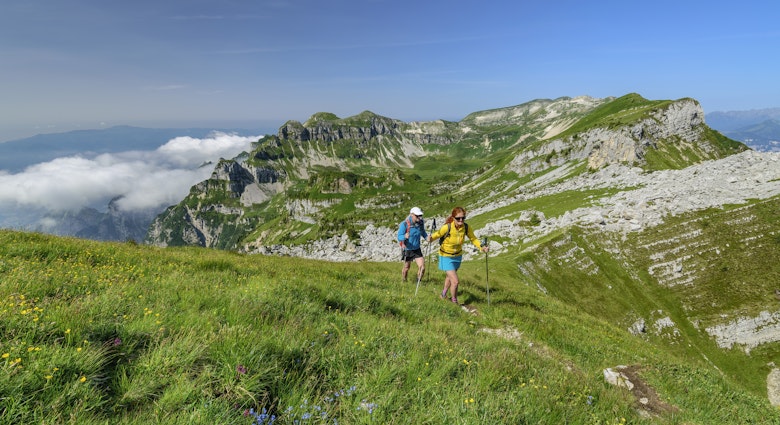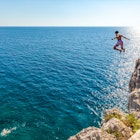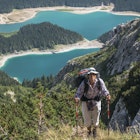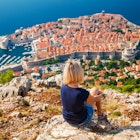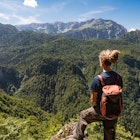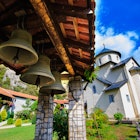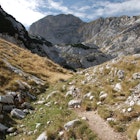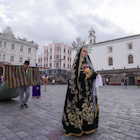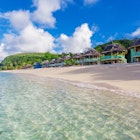The secret of Montenegro’s gorgeous coastline is well and truly out; meanwhile, those in the know have been turning their compasses towards its epic northern highlands. The spirit of adventure steers travellers off the trodden path in this corner of the Balkans, where boundless hospitality and old-world customs rule the rugged landscape. No trip to Montenegro is complete without experiencing the highlights of the north – after all, its name doesn’t mean ‘Black Mountain’ for nothing.
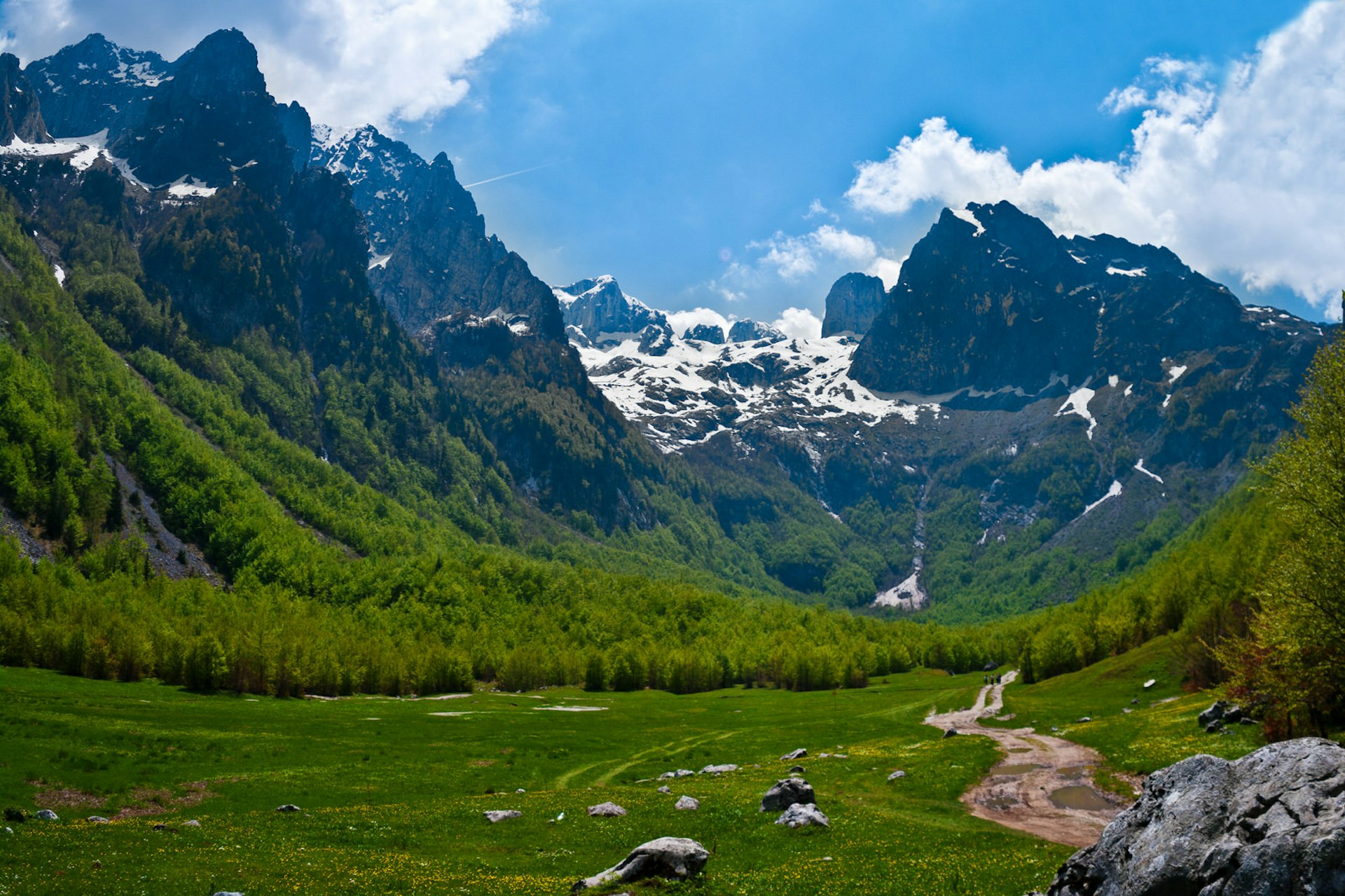
Hike the Peaks of the Balkans
The majestic wilderness of Prokletije (aka the Accursed Mountains) is home to Montenegro’s newest national park and the cross-border Peaks of the Balkans (peaksofthebalkans.com) hiking trail. Here you can have one of Europe’s most remote corners and incredible scenery almost to yourself. This 192km circuit follows shepherds’ paths and alpine trails – soaring over 2000m – through forests, meadows and isolated villages of Montenegro, Albania and Kosovo. Not up for the 10-day, three-country loop? A 27km hike within Montenegro from Plav (the gateway for the trail) to the village of Vusanje is an equally marvellous alternative offering fantastic views of the jagged Karanfil Mountains.
Going with a guide is recommended. If you aren’t joining an organised trek, contact Plav’s tourist office (toplav.me) to sort out the border-crossing requirements and accommodation, which includes welcoming village homestays, mountain huts and ecolodges spread along the trail.

Raft the Tara river
For a different perspective on the highland scenery, rafting the emerald-green Tara Canyon (at 1300m, one of the world’s deepest) beneath the soaring Durmitor peaks can’t be beaten. Relatively easy rapids through most of the season (except for April and May, thanks to the melting snow) make it a suitable experience even for white-water novices. A two-day trip takes in the 82km stretch through the deepest part of the canyon, from the stunning Tara Bridge to Šćepan Polje on the Bosnian border; day trips cover the final 18km of the route, where most of the rapids are found.
Camp Grab (tara-grab.com), secluded in the canyon 9km upstream from Šćepan Polje, is a recommended operator for multi-day rafting. Lodgings include tents, bungalows and en-suite rooms, and the mouth-watering lunches make it a complete package. For day trips, the experienced Kljajević Luka camp (tara-rafting.info) is conveniently located near the Tara bridge.

Cycle the Durmitor Ring
The glorious Durmitor National Park, with its dramatic canyons, glacial lakes (poetically nicknamed ‘mountain eyes’) and hulking limestone peaks, is prime mountain biking territory. An 85km paved road – known as the Durmitor Ring – winds through this splendid scenery, across vast pastures and past several vertigo-inducing viewpoints above Tara and Sušica canyons. With some fairly steep ascents, the loop demands suitable fitness; it starts and ends at Žabljak town, while villages along the way have good restaurants or cafes where you can break the ride.
Family-run Etno Selo Šljeme near Žabljak is a terrific Durmitor stay offering snug two-bedroom cabins with pristine mountain views. Its excellent restaurant serves traditional dishes; highland specialty jagnjetina ispod sača (lamb roasted under hot coals) is a must-try.
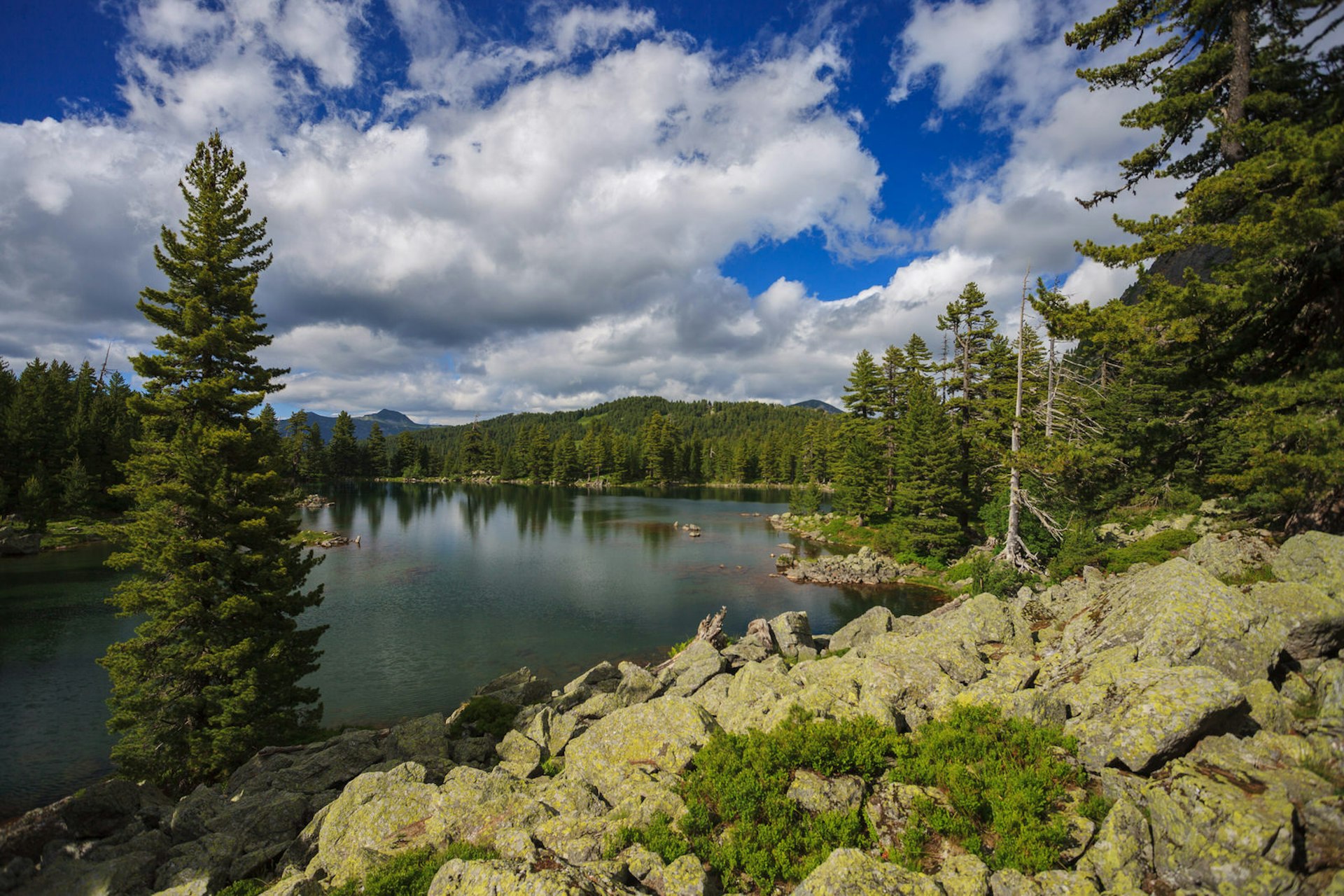
Look for fairies at Hrid lake
Legend has it that fairies visit Hrid lake – at 1970m, it’s Montenegro’s highest – to bathe at night. Once you catch a glimpse of this blissfully quiet, dark-green beauty of Prokletije, you may be tempted to join them and never leave. A 6.8km hike through meadows and pine forest from Eco resort Hrid (toplav.me) at Babino Polje, with gurgling streams of cool water and wild berries to pick along the way, brings you to the lake. Its mystical appeal inspires locals to swim here for good health; if you’d rather not brave the mountain chill, throw a customary coin into the water and make a wish before you leave.
Samel’s Cottage (samelovakolibahrid@gmail.com), near Bajrovića katun (mountain huts), is the perfect base for Hrid lake. Its gazebo views over the Accursed Mountains are hard to forget, especially when paired with homemade treats like delicious urmašice (golden biscuits soaked in syrup).

Descend into massive Ɖalovića cave
If you get tired of scaling Montenegro’s peaks, hidden in the mountains of the north (about 40km from Bijelo Polje) is the Ɖalovića cave, the country’s longest: only 17.5km of its impressive galleries and passages have been explored so far. Reaching the cave is an adventure in itself: a 3.7km path leads through bucolic Ɖalovića gorge (formed by the Bistrica river), past smaller caves, springs and a waterfall, to the cave’s entrance above the so-called ‘Devil’s Whirlpools’. The trek begins at the 17th-century Podvrh monastery, whose modest exterior hides precious ancient frescoes and a gold-plated iconostasis. While the cave is not yet open for tourists, local guides with proper equipment can take small groups inside.
The Green Valley household (northernexposure.me) in Bistrica village near the Ɖalovića gorge provides comfortable rooms for travellers and tasty home-cooked meals such as peppers baked with cheese. If you’d rather trot than trek, the hosts can organise horse riding to the gorge.
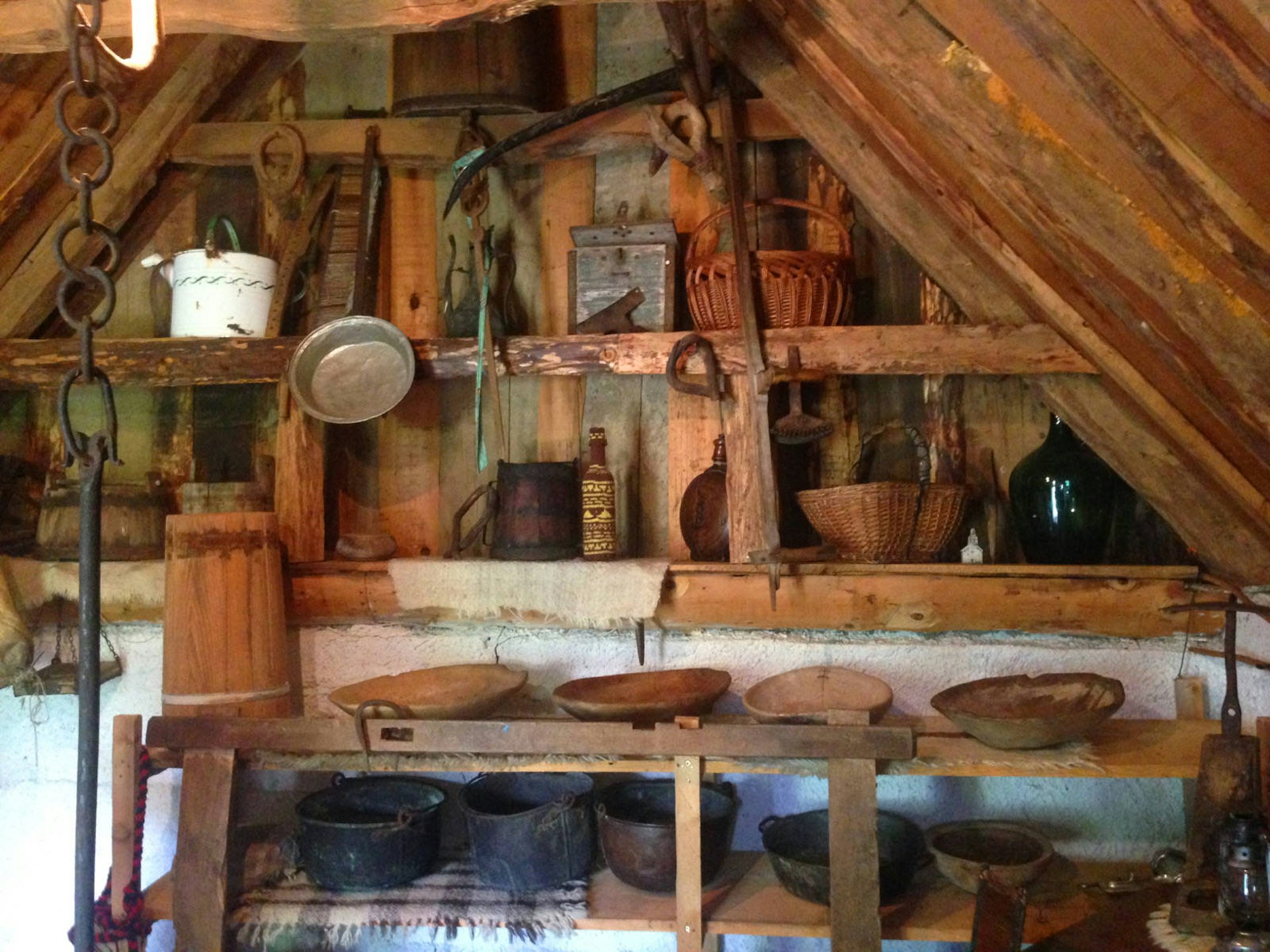
Visit Montenegro’s first ethno village
The quirky Etno Selo Montenegro (etnoselo.me), 34km from Nikšić, was the first ‘ethno village’ in the country. Besides cute wooden and stone cottages, it has plenty of character with rooms dedicated to comics, wool, cheese, ’70s and ’80s Balkan memorabilia and a Monty Python-esque ‘museum of Montenegrin air’. The rustic, homely restaurant serves 15 types of rakija (fruit brandy), a range of mountain teas, homemade juices and local wines, while the menu features Montenegrin delicacies like the famous Njeguški cheese and pršut (smoke-dried ham).
In addition to a Russian banya (spa), an outdoor pool and kids’ playground, there are 200km of walking trails to explore nearby. The friendly staff can organise anything from rafting, biking and horse riding to jeep safaris and cruises at Piva lake. Less active types can try breaking the current record (36 hours) at the hilarious lying-down competition, held here every August.
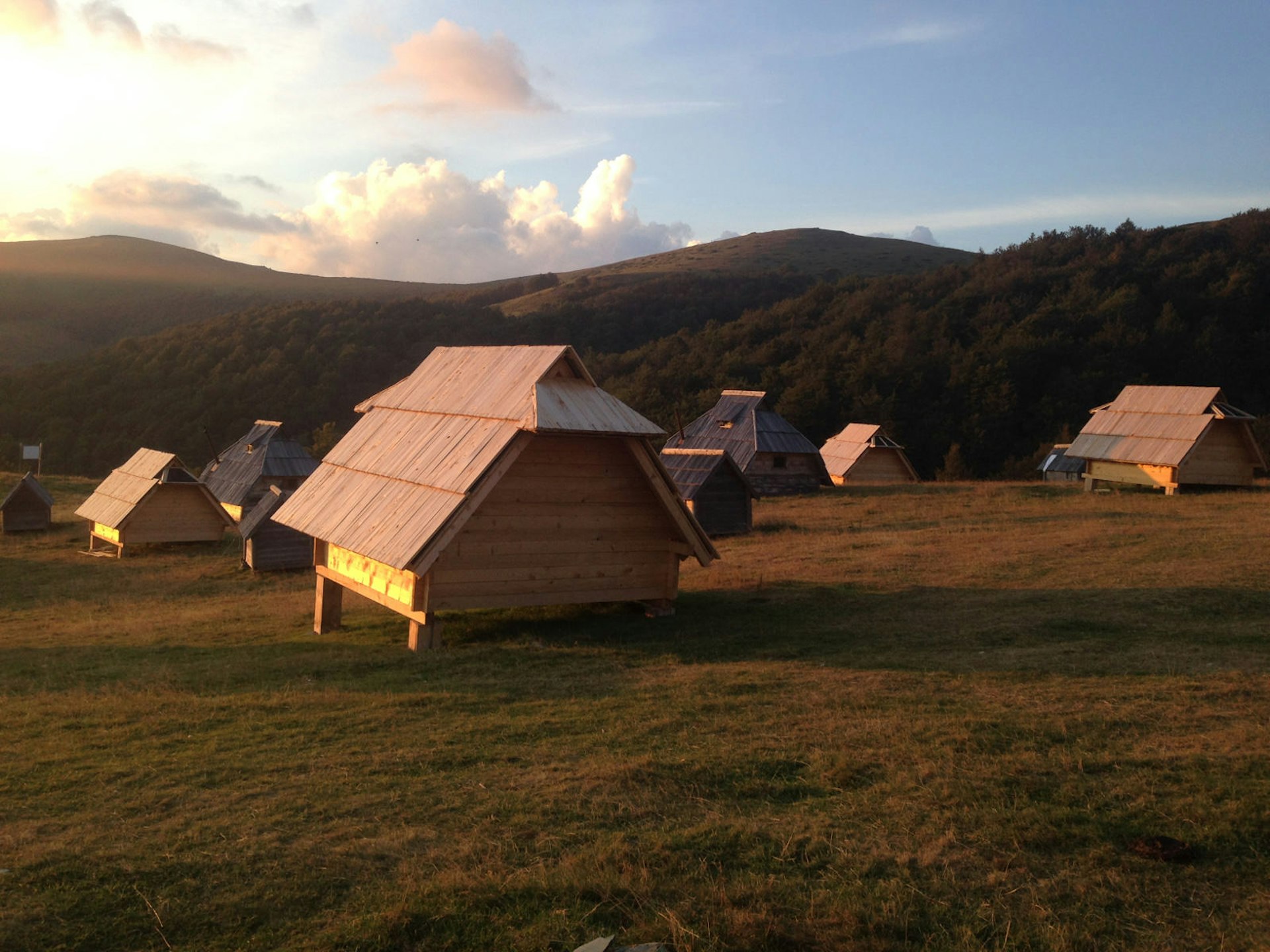
Call it a night in a katun
You haven’t really experienced Montenegro’s highlands if you didn’t spend a chilly night under the stars in a katun. Originally shepherds’ huts in summer pastures, katuns are now authentic lodgings for travellers dotted across the region. At an altitude of 1780m, Eco Katun Vranjak (jelka.me) on Bjelasica mountain was the first such ‘eco village’ in Montenegro. The cozy wooden cabins with up to seven beds and two-person huts come with solar power, shared showers and open-fire common area. The top-notch kitchen serves local fare made from home-grown ingredients; try warm priganice (fritters) with cheese, honey and jam for a sublime fresh-air breakfast.
Classic katun adventures include hiking, mountain biking or horse riding across the serene, windswept slopes of Bjelasica – the only mountain of volcanic origin in Montenegro – to Crna Glava peak (2139m) and Biogradska Gora National Park, one of Europe’s last remaining primeval forests.
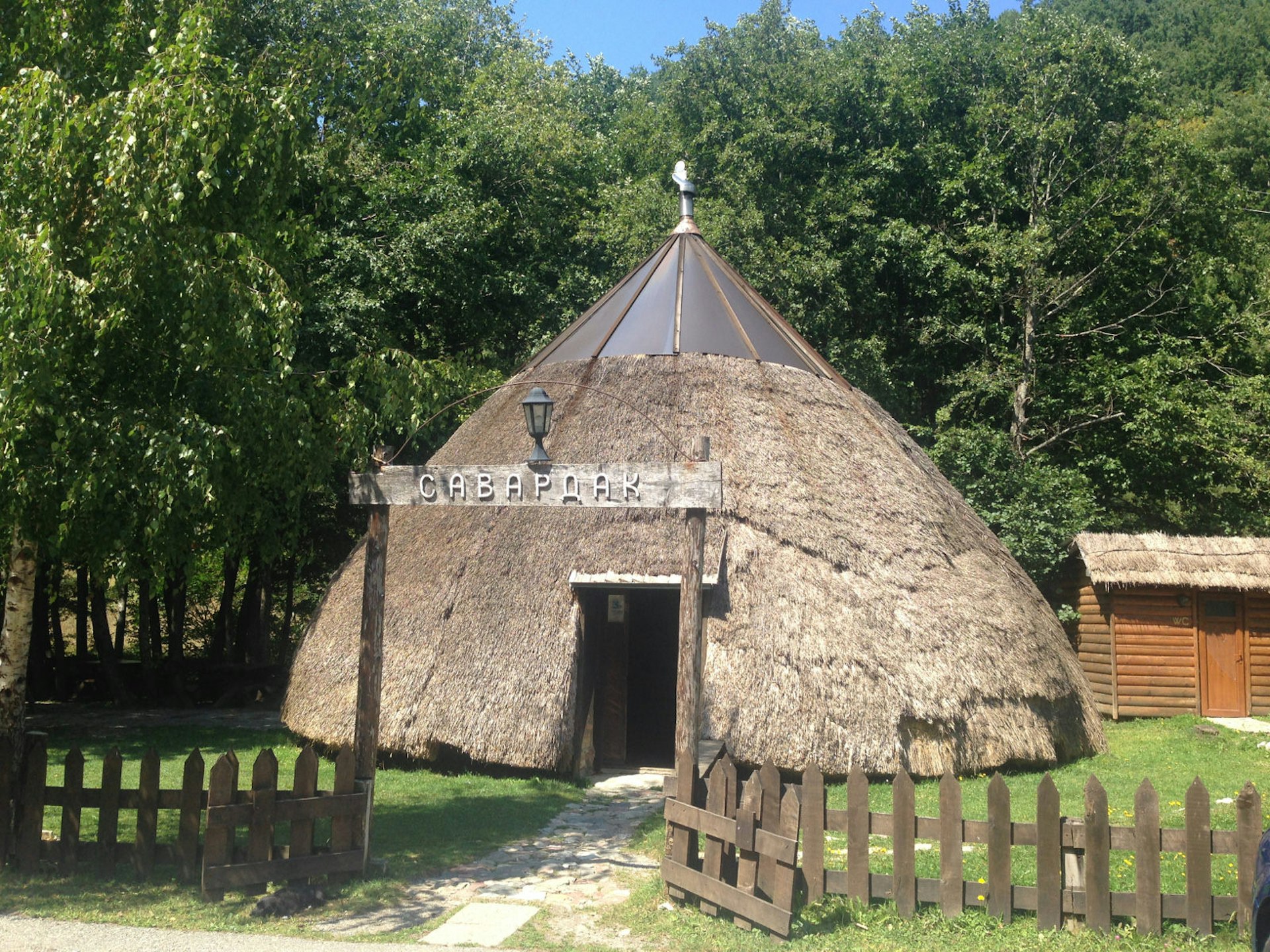
Feast on slow food savardak-style
While original savardaks – homes once typical of Montenegro’s highlands – may be long gone, Savardak restaurant on the outskirts of Kolašin is not to be missed if travelling in these parts today. Painstakingly built from straw and wood as a haystack-shaped hut and lovingly decorated with authentic tools from the region, its interior is truly atmospheric. But the real reason to visit is the Kolašin kačamak, a simple dish cooked with wheat flour, layered handmade mountain cheese, kajmak (salty clotted cream) and potatoes; just as creamy and cheesy, cicvara is similar but made with cornflour and without potatoes. Gulp down all this goodness with dollops of refreshing kiselo mlijeko (sour cream). Savardak is a fine example of Montenegro’s emerging slow-food movement, focusing on traditional cooking methods and organic local ingredients.
Sampling Montenegrin food is incomplete without rakija, the stutteringly strong fruit brandy usually distilled at home; more than just a welcome drink, it’s a universal cure for ailments and part of any meal. For some apple, pear or plum rakija-tasting in rustic surroundings, head to Balšić household in the hills around Bijelo Polje – contact the tourist office (tobijelopolje.me) for information. Time your visit for autumn to observe the old-style method of rakija ‘baking’ in a burning cauldron.
Brana travelled to northern Montenegro with support from Rams Travel (ramstravel.co.me) and the Regional development agency for Bjelasica, Komovi and Prokletije (bjelasica-komovi.me). Lonely Planet contributors do not accept freebies in exchange for positive coverage.
